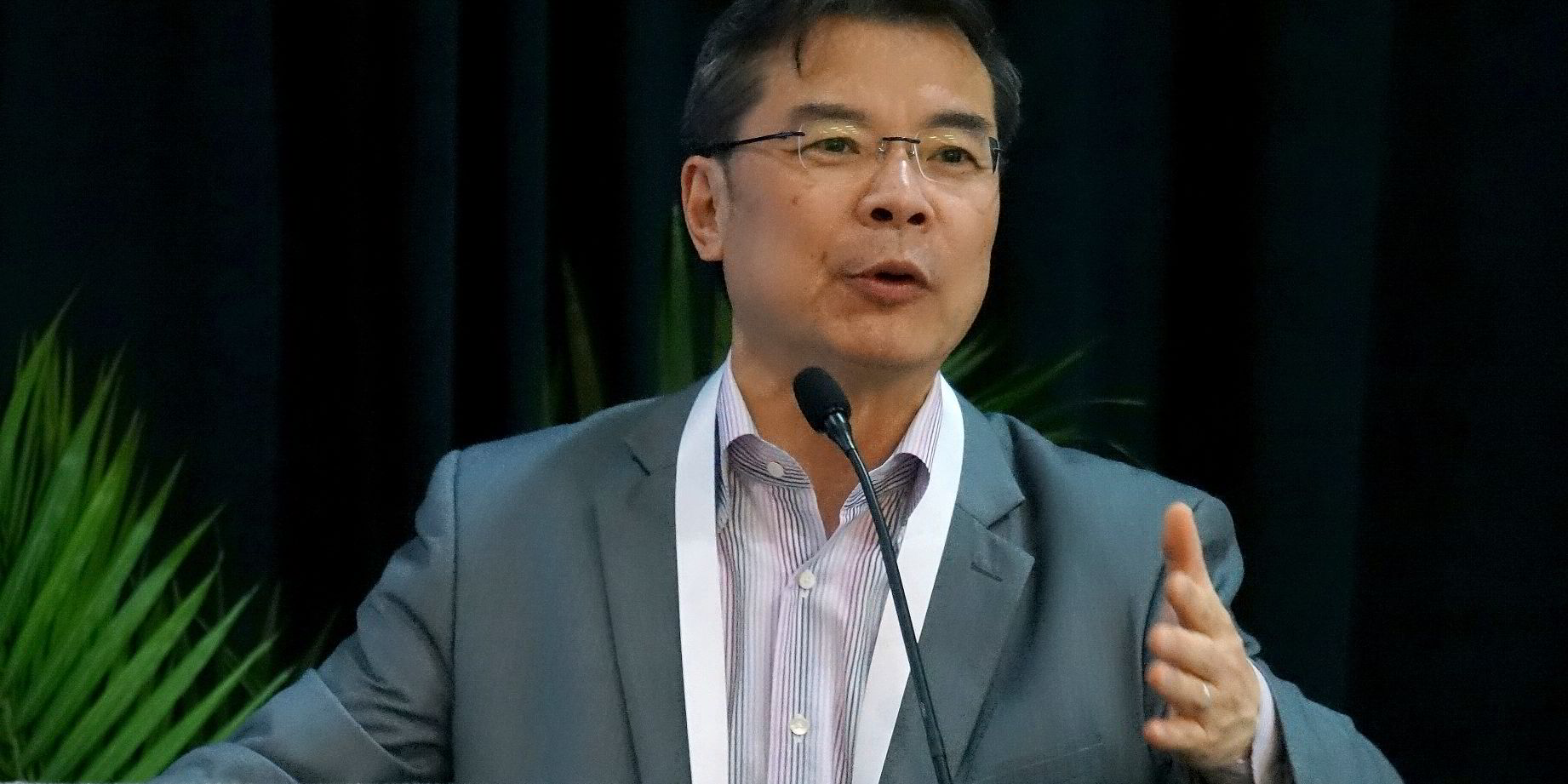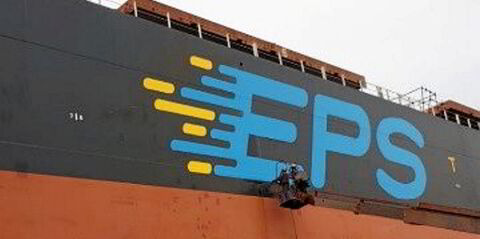Peace Boat is in talks with yards that are newcomers to passengership construction for the group’s Ecoship cruiseship newbuilding.
Co-founder and director Yoshioka Tatsuya tells TradeWinds that the Japanese outfit is in final negotiations to order the 60,000-gt ship after serious bids from shipbuilders that include those that traditionally work on projects in the offshore sector, where there is a dearth of new orders.
But that does not mean traditional cruiseship building yards are not also vying for the project, and Tatsuya claims major passengership yards still have room for a vessel of this size despite an orderbook that stretches into 2025.
“For some passengership yards, it is a good size, a slot between the big ships,” Tatsuya said.
He says a key factor in the decision-making is finding a yard whose management is passionate about the goals of the Ecoship project.
Peace Boat, which currently uses its 1,020-berth Ocean Dream (built 1981) for cultural and educational cruises, is seeking to build the Ecoship as the greenest vessel in the industry.
As TradeWinds reported in its web edition, Peace Boat plans to order the vessel this year, with delivery targeted for 2020.
In addition to having dual-fuel engines that run on LNG and diesel, the ship will feature a variety of enhancements that Peace Boat claims will reduce propulsion energy by 20%, cut the electricity load by 50%, chop 40% from carbon dioxide emissions and minimise the environmental footprint in many other ways.
The 2,000-passenger vessel, as currently planned, will feature wind sails, wind generators and solar power generation, in addition to kinetic floors that convert passenger footsteps into electricity.
Environmental protection
“Cruise is a very important way to introduce the beauty of the planet, so why shouldn’t a cruiseship be a symbol for environmental protection and sustainability,” said Tatsuya, adding that the goals of the December 2015 Paris climate conference have given the project a big push.
The Peace Boat director declines to estimate the cost of the vessel, but he believes all of its environmental features will make it only 10% more expensive than a traditional cruiseship.
Tokyo-based Peace Boat has been working on the design in partnership with classification society DNV GL and naval architecture firm Oliver Design, among other contributors.
The group describes itself as a social business, since it is a non-governmental organisation that also has a profit-making wing.
Tatsuya says that gives the group access to traditional sources of ship finance including bank loans and export credit agency financing.
But he says the project has also garnered interest from renewable- energy investors, which do not typically invest in shipping.
“Renewable-energy investment is huge now,” he said on the sidelines of the Seatrade Cruise Global conference in Fort Lauderdale, Florida. “Now our headache is whom to choose.”



